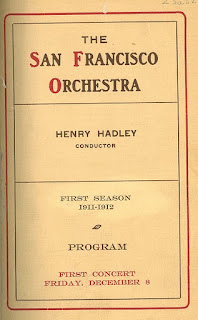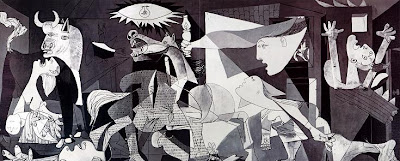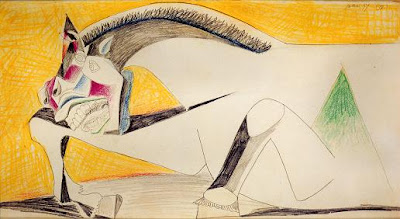Books on Sports and Recreation are assigned the Dewey Decimal numbers 793 to 799. Here is a summary of the classification of these subjects:
793 - Indoor Games and Amusements (including social dance and entertaining)
794 - Indoor Games of Skill (billiards, board games)
795 - Games of Chance (casinos, cards, lottery, backgammon, pinball, bingo, mahjong)
796- Athletic and Outdoor Sports and Games (competitive sports and outdoor recreation)
797 - Aquatic and Air Sports (swimming, sailing, ballooning, hang gliding)
798 - Equestrian Sports and Animal Racing (think running horses )
799 - Fishing, Hunting, Shooting
There has long been popular interest in books on all forms of recreation, books written for the competitor, the coach and the fan.
For the armchair reader there are classic works by authors like
David Halberstam and
John Feinstein.
Boxing is a subject that has produced classic writing by authors like
A. J. Liebling and
Joyce Carol Oates.
We have a continuous demand for
chess books -- there are classics in this subject that always go out and that our neighborhood players consult as references. Our
gambling collection also circulates well. There are many books written to help the gambler develop a winning edge.
We have books on every manner of
martial art, a subject that also proves very popular in San Francisco.
Running books are very popular in our community as are books on
hiking,
cycling and
camping. (Some hiking books are classified as travel books instead of recreation).
The vicissitudes of the Dewey Decimal system and our Library’s cataloging methods cause some related books to be found in other Main Library departments. All sports biography since 1995 has been classed in the general biography (“B”) section. Running and swimming are usually our subject, but some books in this subject also are assigned to the physical fitness area (
Dewey number 613.7). Similarly other forms of exercise and fitness like yoga, calisthenics, stretching, pilates, chigong, aerobics and strength training find their way into that section.
The subjects of competitive and team sports are also known for their histories of players and franchises, and especially for the mountains of statistics that document these histories and invite comparisons across seasons and eras. Library patrons used to rely very heavily upon their public library for very heavy reference encyclopedias to supply them with their statistical fix. Annual directories from the Sporting News used to be essential resources to stay up to date.
Today there are more historical and current sport statistics than the sports fan of 20 years ago could have ever imagined. The quantity of depth of statistics have also increased vastly. Websites for the individual sports leagues, for the sports media, as well as the wiki-like
Sports Reference network provide up-to-date scores, standings and statistics.
Our department’s
Delicious Reference page provides links to a number of these
statistical websites.

The
1910 San Francisco Seals from the
Reach Official American League Base Ball Guide - source:
Google BooksTrivia questions:Who had the first at bat in San Francisco Giants history - what did he do?
Who had the first hit as a San Francisco Giant?
























